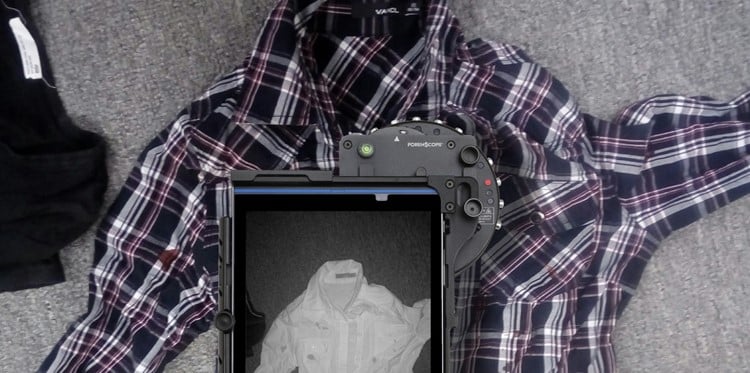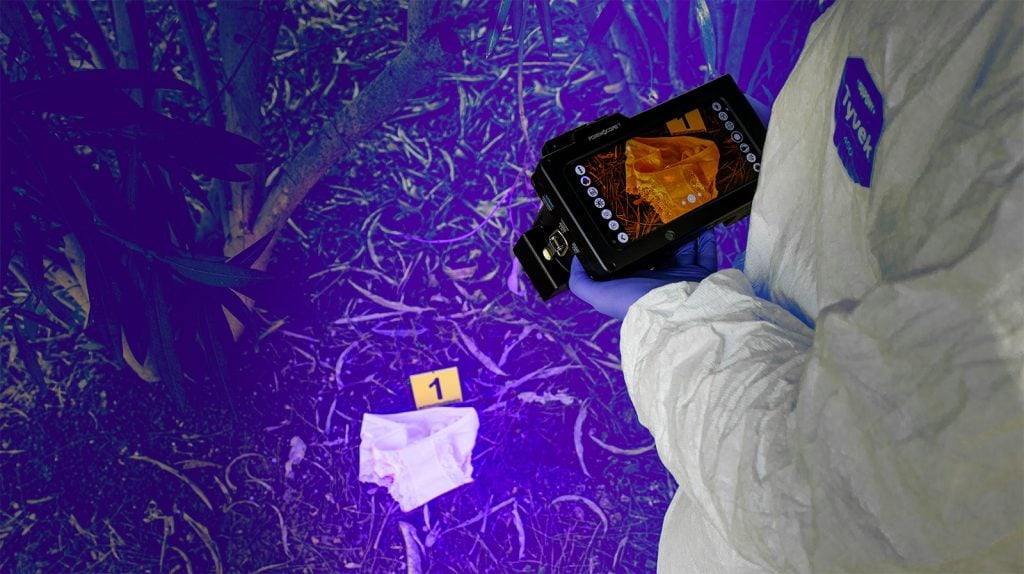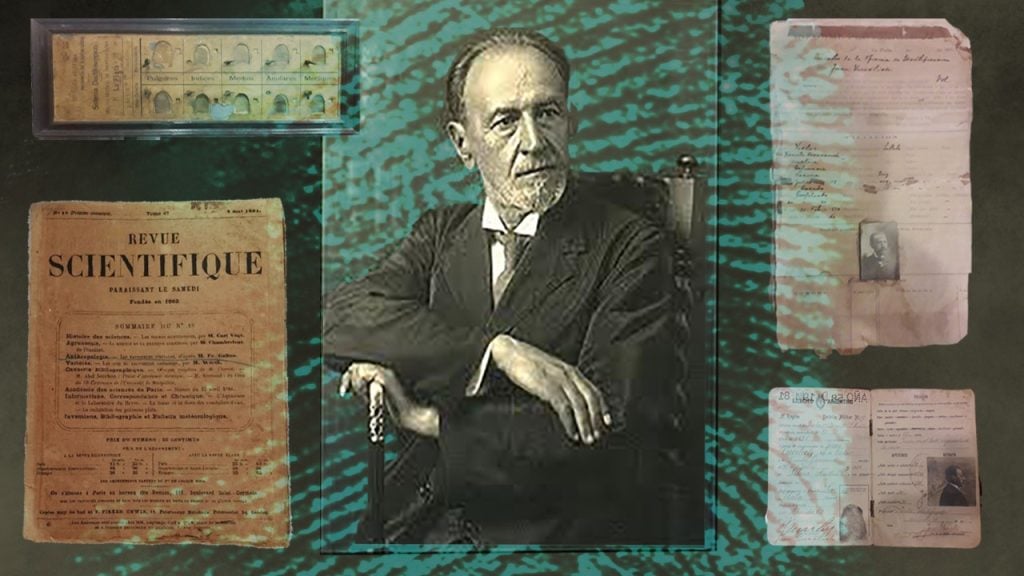
What is Forensic Photography?
A brief history on Photography, Forensic Photography and techniques used in Forensic Photography.
Photography is accepted as the top priority process in crime scene investigation because properly taken photos of the crime scene and evidences are permanent records for the crime. Photos were taken with a proper camera from a proper point of view with proper lighting and proper technique will yield an impeccable result which will help the police forces with the case and the court process.
Brief History on Photography and Forensic Photography
Although first invented as “heliography” (A very complicated process) in 1824 it wasn’t until 1839 that the first practical photography was invented and forensic photography started almost immediately after the invention of practical photography. Established by French detective and researcher, Alphonse Bertillon, in 1840, forensic photography is a process used to report and document a crime scene or a criminal case to showcase the evidence and to document the crime in its most pure form for the investigators and law forces to support and to prevent confusion in criminal cases. The photography techniques and the equipment used in it are specialized for its own field.


Earliest Known Surviving Heliographic Engraving (1825) and a Forensic Photograph of a crime scene, Paris (1902)
The history and development of forensic photography.
As mentioned in the topic above, forensic photography is established by French detective and researcher, Alphonse Bertillon among some other biometric forensic findings such as fingerprint detection and anthropometry and this caused the beginning of a new era in forensic science, even becoming an important influencer to the renowned novelist, creator of Sherlock Holmes, Sir Arthur Conan Doyle.

Alphonse Bertillon – Sample Mugshot (1853)
How does the process of Crime scene investigation start and develop?
The process starts with a directive given by the public prosecutor to the Crime Scene Investigation Unit and continues until the end of the case, the information given by the first responder unit is recorded but these records do not affect the crime scene investigation process. Because, as in most of the scientific research, the first principle is doubt, or so to say, “Every thing can be a deceiving”. Crime scene investigation then continues with photography and this process has its own specialized techniques and methods. The findings in the crime scene are then given to the criminal laboratory by the directives given by the prosecutor or the court.
Steps and Techniques in Forensic Photography.
The crime scene investigation is important to find evidence about the crime and to create a detailed report about the crime scene and these reports could include up to 4000 photographs in a single crime scene.
The main purpose of forensic photography is to capture, identify, differentiate and to archive the images so these images could be used in the future for the recognition of the crime scene and recognition of the evidence. Thus these photos should be taken attentively to capture the specifications and details of the evidence, the images should be clear, sharp and should showcase the color, shape, structure and ingredients of the object in upmost detail.
There are certain techniques for forensic photography so these vast amounts of photographs could be useful for the investigation, these techniques include, overall pictures of the crime scene, panoramic images, mid-distance images and close-up images. Before starting photography, a data-sheet including, the nature of the incident, address, time and the code of the responding team is photographed.
The overall picture can include the environment and the periphery of the crime scene (buildings, vehicles, furniture, shops, roads/streets e.t.c.) and a panoramic photography method is used for this type of photography.
Mid-Distance photography is used after the evidences are identified and numbered. These are taken from certain fixed points of view while preserving the entirety of the crime scene.
Close-up photography is done by using special rulers and gauges, in cases where there are no gauges present, certain objects with specific dimensions can be used, such as coins and cigarette boxes.




